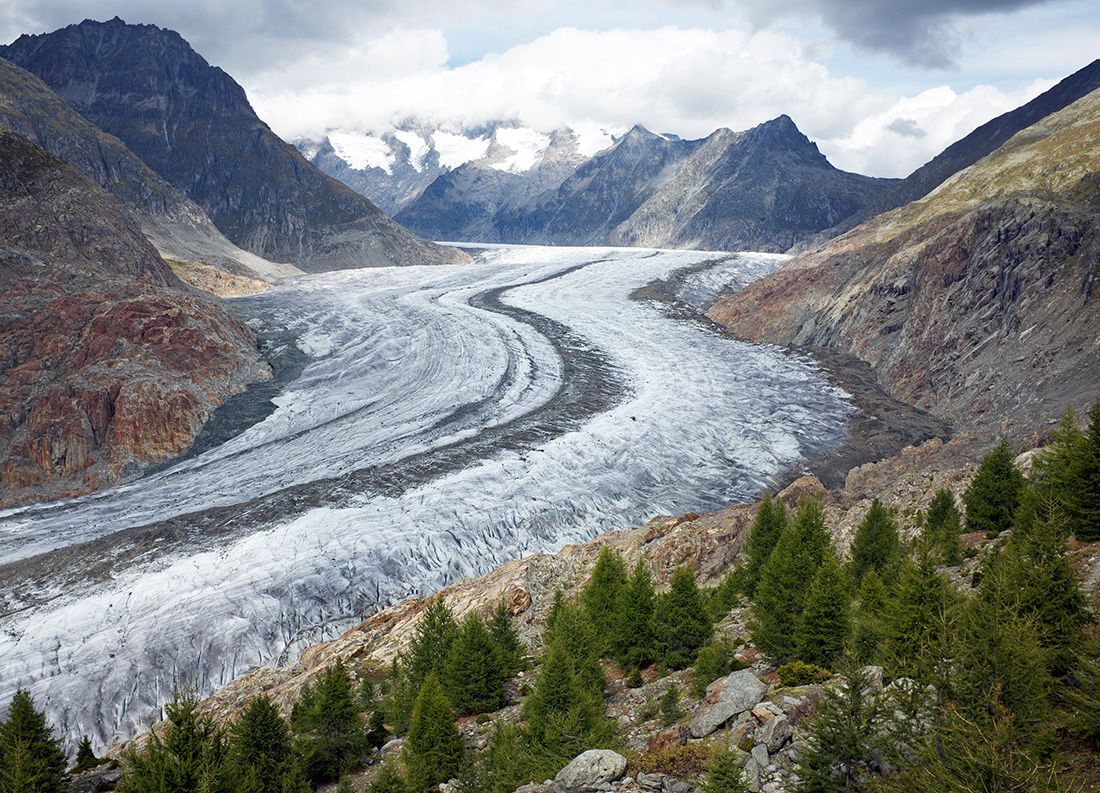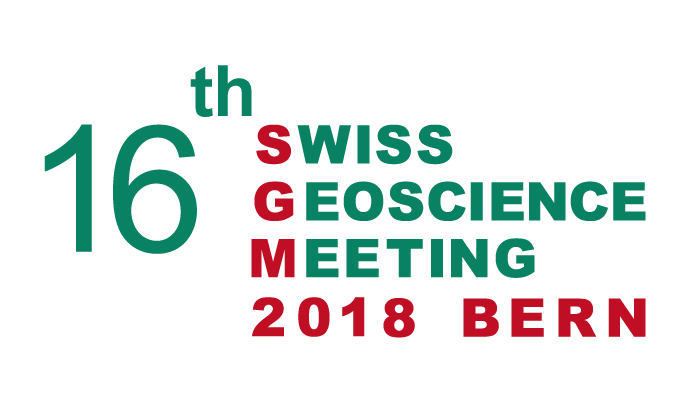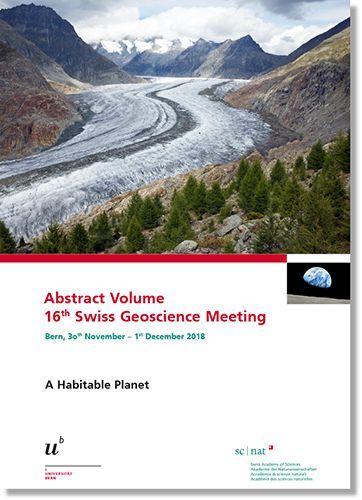16th Swiss Geoscience Meeting 2018 in Bern

The 16th edition of the Swiss Geoscience Meeting focused on the latest advances in research in geosciences. It was held on 30th November and 1st December 2018 in Bern.
The Institute of Geography and the Institute of Geological Sciences of the University of Bern, as well as the Platform Geosciences of the Swiss Academy of Sciences (SCNAT) welcomed 880 participants in the 16th Swiss Geoscience Meeting held on Friday, November 30th and Saturday, December 1st, 2018 in Bern.
On Friday 30th
The theme of the 16th SGM Plenary Session was “A Habitable Planet”.
One of the most fundamental and fascinating questions in science is why there is life on Earth. What makes our planet habitable and what is, for example, the role of plate tectonics in planetary habitability. Geoscientists not only play a crucial role in studying the evolution of planet Earth and the origins of life, but their studies can also contribute to maintaining our planet habitable and liveable for future generations.
Four keynote speakers were invited to discuss various topics related to “A Habitable Planet”.
- Bernard Marty (Université de Lorraine, Nancy) presentes his ideas on the origin and early evolution of the Earth’s atmosphere. Recent advances in space missions (e.g., Rosetta) and in the geochemistry of ancient rocks permit to have insights into the origin of atmospheric/oceanic volatiles, such as water, nitrogen, noble gases, and into the composition of the atmosphere during the first half of Earth’s history.
- Lindsay Stringer from the University of Leeds (Sustainability Research Institute, University of Leeds) talked about land degradation and desertification,
- Kathryn Goodenough (British Geological Survey) discussed rare earth elements in the context of demand and global resources, and considered challenges for future generations.
- Ben Marzeion (University of Bremen), concluded the plenary session with a presentation that evaluated the influence of glacier melting on sea-level rise and discussed its consequences.
On Saturday 1st
About 260 talks were given and 240 posters were presented in 23 scientific symposia that covered the diverse spectrum of current research in geosciences, encompassing the lithosphere, the atmosphere and the anthroposphere.
The SGM also provides the ideal environment to foster informal contacts and discussion among scientists, in particular during the Swiss Geoscience Party on Friday evening but also at the poster sessions on Saturday. Ample time was reserved for two poster sessions, at which the authors were present for active discussion and feedback.


